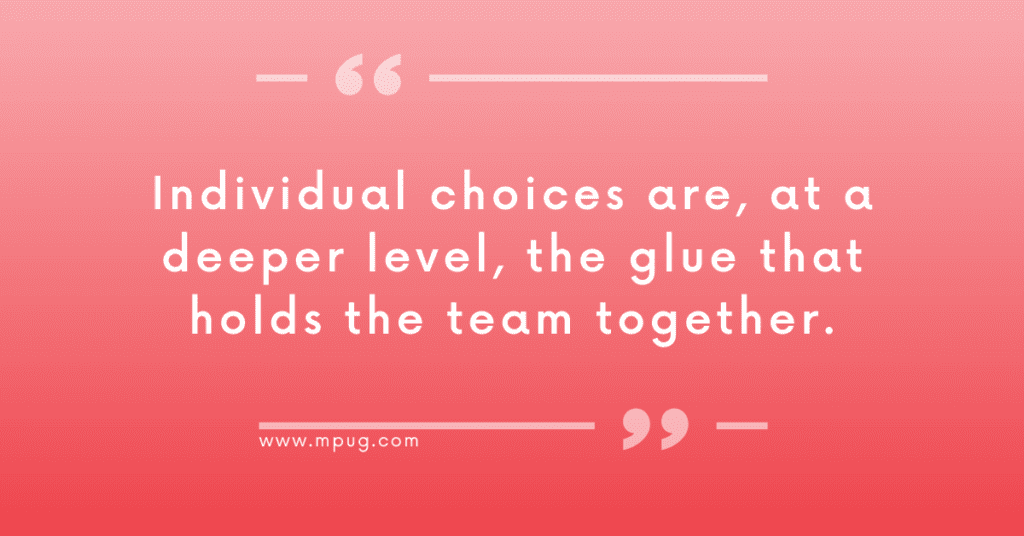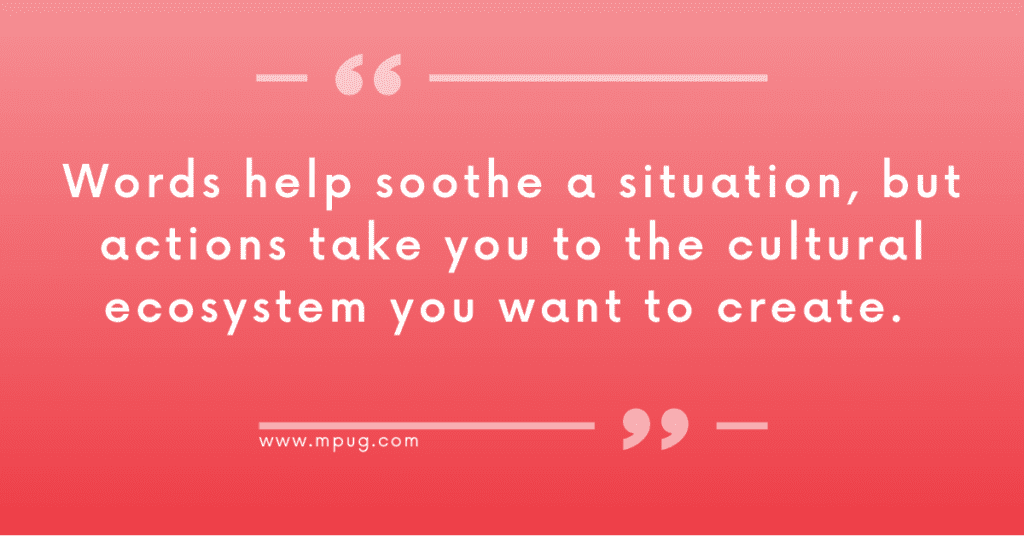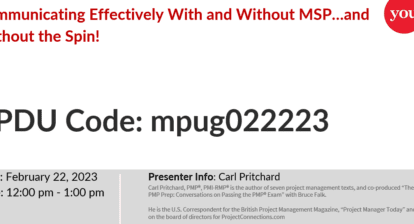
A company’s culture is like any ecosystem. One action creates another action that, in turn, makes a new version of the whole organization. It is a simple act of physics. The culture of your company is a combination of all these actions. Creating a core culture for your team is essential for strengthening your cultural ecosystem.
Determining Your Team’s Culture
Your culture is only as strong as the people that are a part of the team. Each person plays a role in determining what the company will embrace as its core elements. Think about that one disruptive employee who changes the dynamics of the whole team, for instance. If you have one person who acts loud and demanding, that will impact the entire ecosystem structure.
Creating Your Team Using More Informed Decisions
Individual choices are, at a deeper level, the glue that holds the team together. When you look from a broader perspective, you make more informed decisions. Seeing all sides of the situation offers you more choices on how to proceed as you work through each moment of the day. Whether you are working with new hires or your existing team, you have an opportunity with your actions to create stronger connections by assessing the interactions from the view of how it impacts the entire ecosystem.
For example, how you handle a conflict will change the ecosystem. If the goal is to make one person feel better, the ecosystem will lean toward saving that person. If you ignore the conflict, the ecosystem will continue to operate in a way where conflict manages the organization. Teams that understand this interaction dependency build more robust ecosystems.

How To Create a Solid Core Culture
On a superficial level, we understand this dynamic of interrelationship, but the challenge is taking this working knowledge and putting it into an intentional plan. Creating a solid core culture for your company involves making the daily commitment to consider how your actions within the team might impact the eco-structure. This means that actions are the critical element for strengthening the core culture of the group. Words help soothe a situation, but actions take you to the cultural ecosystem you want to create.
Incorporating these behaviors into the decision-making process can be difficult to maintain because it may challenge our fears. A person who is a people-pleaser may focus on the comfort of people-pleasing instead of courageously maintaining a healthy ecosystem. An individual who is afraid they will get fired might avoid conflicts by keeping information from people.
Establishing a Strong Sense of Culture
In a recent article, Janet Pogue McLaurin, Principal and Global Director of Workplace Research, suggested that there is no universal attitude to creating an ideal workplace ecosystem. Each workplace comprises a unique set of people and qualities that define the culture. Therefore, every team must determine the value and approach for creating the company’s core culture. There is no wrong way: there are only different ways. Some activities will weaken, and some will strengthen the core elements of the team ecosystem.
Communication and Agreement
We all have different perceptions of how to interact and what is appropriate behavior. A healthy culture utilizes all these different perceptions for a common goal. For instance, if the culture you want to foster is kindness, everyone agrees on what kindness means, and then uses this standard definition as the basis for how they interact. Kindness may look different for everyone, but we can all communicate and agree upon the rules for kindness in the company. As a result, your people are synchronized to an expected behavior that reinforces the group.
The awareness that this shared ecosystem will change with every action and reaction creates a common goal for how people treat each other in the work ecosystem. Sometimes we will not be as kind, but it is always appropriate to go back, apologize and work on that skill to re-establish the shared culture that the team creates.

Dealing with Conflict
Every person chooses the action that strengthens or weakens the ecosystem at each moment. This is especially true during times of conflict. When conflict occurs, think about your chosen words to define your company’s core culture. Use those words as the focal point for determining behaviors to strengthen the ecosystem. If every person in the company shares a standard definition of what calm looks like and how to interact from that perspective, they will probably find less conflict and have a more robust core culture. At that moment of conflict, the actions will drive the culture.
Accountability Leads to an Authentic Culture
A challenging part of maintaining a healthy ecosystem occurs when a person within the team needs to align with the team’s core culture. At this conflict point, you must decide how significant the culture of your team is to you. Doing nothing will perpetuate a culture of conflict, which creates a splintered ecosystem. Holding people accountable using the chosen behavior of your core culture aligns with actions that strengthen the ecosystem. Accountability can look like anything from gentle counseling to reassignment or dismissal. Removing a person shifts the ecosystem to include people who maintain alignment with the core cultural behaviors.
Taking Action to Define Core Culture
Your ecosystem is experiencing moment-by-moment change, so the first step is to ensure that you can define your core culture. What words describe how you want people to treat each other and themselves? If you are in a team, these behaviors could be decided collaboratively by the group to determine the core culture. Once that decision has been made, each minute becomes a test of how well each team member maintains your core culture. Soon your team’s actions will show who is committed to strengthening the core. The ROEMT checklist can help you determine the vitality of your culture.
Maintaining the ecosystem of culture is a choice. Ecosystems do not focus on controlling someone else’s behavior, and you can’t make someone have an internal sense of behavior. To create a strong core culture, you define the culture, then maintain the expectation of that behavior as a necessary part of the work experience.
Conclusion
Culture changes the strength of your team. A recent Harvard Business Review article reported that culture has become a strategic priority impacting the bottom line. Your culture makes a difference. As you go through each routine and complete the company’s work, core culture becomes the minute-by-minute experience of knowing how your behavior impacts those around you. Especially in times of conflict, your behavior can dramatically affect the strength of your culture. These small moments of time and behavior accurately measure the power of your cultural ecosystem and define the way you do business.
Learn More
Five Tips for Dealing with Conflict in Project Management
What Type of Conflict Do You Have In Your Workplace?
Check Out Your Culture: A Management Tool to See How Behavior Strengthens Culture






